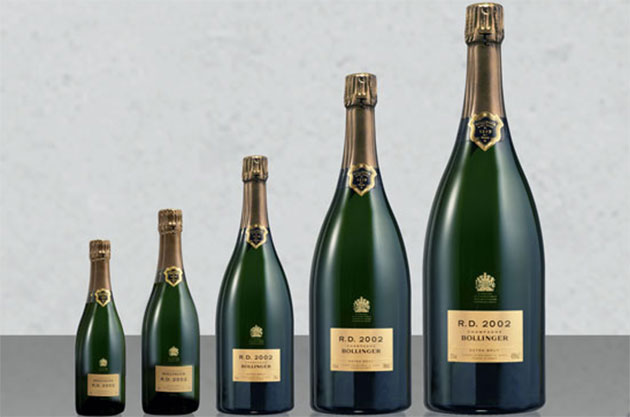What is Pét Nat?
James Williams, Ontario, asks: Could you please tell me what the term Pétillant-naturel means in relation to Champagne or sparkling wine, and where are the best examples to be found?
William Kelley, Decanter contributor, responds: Pétillant-naturel (or pét nat) is a simpler way of making sparkling wine than the labour-intensive méthode Champenoise.
Sweet grape juice is bottled while still fermenting, trapping carbon dioxide which gives the wine its effervescence.
Pét nat may be ‘disgorged’, like a bottle of Champagne, to separate the wine from the dead yeast cells, or left with its sediment.
And there are often subtle differences in character between bottles, as some finish fermentation with more residual sugar than others.
It was the natural winemakers in the Loire Valley that brought pét nat onto the wine world stage in the 1990s (Agnès and René Mosse make a good example), but now the style is gaining traction in North America with notable exponents in California (Cruse Wine Company) and also Maine (Oyster River), Vermont (La Garagista) and New York State (Channing Daughters).
And of course, under the moniker méthode ancestrale, the pét nat process has been around a lot longer, in particular in southwest France and the Savoie.
Think of pét nat as Champagne’s cheerful cousin: immensely drinkable, but without the same complexity, age-worthiness or textural refinement.
-
Got a question you want answered by our experts? Email us at editor@decanter.com
Read more ask Decanter queries:

Do crémants age as well as Champagne? – Ask Decanter
Does Crémant de Bourgogne age as well as Champagne?

Buying Champagne methuselahs – ask Decanter
How do I go about buying a methuselah of Champagne...?

Champagne fizz fading – ask Decanter
My Champagne never seems to have much fizz...

Champagne corks – ask Decanter
Why do Champagne bottles have mushroom-shaped corks..?


